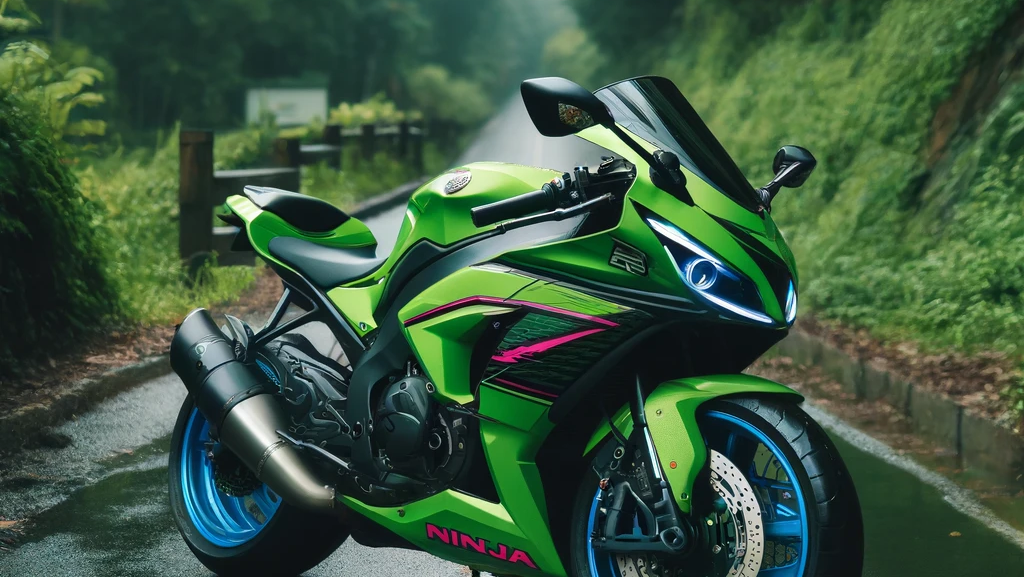Braving the winter chill on a motorbike isn’t for the faint-hearted. But for those who crave the thrill of riding year-round, choosing the right winter motorbike is crucial. Whether you’re an experienced rider or a newbie looking to extend your riding season, this guide will help you navigate the icy roads and keep your bike in top shape. So, bundle up and let’s dive into the essentials of buying a winter motorbike!
1. Choosing the Right Bike
When it comes to winter riding, not all motorbikes are created equal. Here’s what to consider:
Engine Size and Type
For winter conditions, a bike with a reliable and smooth engine is essential. Generally, mid-sized engines (500cc to 750cc) offer a good balance of power and control. Look for fuel-injected engines, as they perform better in cold weather compared to carbureted ones.
Bike Weight and Stability
Heavier bikes provide better stability on icy roads. Adventure bikes, cruisers, and touring bikes tend to offer the stability needed for winter riding. Avoid lightweight bikes like sportbikes, which can be more challenging to handle in slippery conditions.
Tires
Investing in good-quality winter tires or all-season tires with deep treads can significantly improve traction. Some riders even opt for studded tires for extreme conditions.
Fairings and Wind Protection
A bike with fairings can help block wind and keep you warmer. Look for bikes with ample wind protection to make your ride more comfortable.
2. Winterizing Your Bike
Once you’ve chosen the right bike, it’s time to prepare it for winter. Here are some essential tips:
Battery Care
Cold weather can drain your battery quickly. Consider installing a battery tender to keep your battery charged. Additionally, ensure your battery is in good condition before the cold hits.
Fluid Checks
Use winter-grade oil and antifreeze to prevent your fluids from freezing. Check your brake fluid and ensure it’s at the proper level.
Lubrication
Cold temperatures can thicken your bike’s lubricants. Use winter-specific lubricants for your chain and other moving parts to keep them functioning smoothly.
Protective Coating
Apply a corrosion-resistant coating to protect your bike from road salt and moisture. This can prevent rust and prolong the life of your motorbike.
3. Gear Up
Staying warm and protected is crucial for winter riding. Here’s what you need:
Heated Gear
Invest in heated gloves, jackets, and pants. These can be powered by your bike’s battery and provide much-needed warmth on chilly rides.
Layering
Dress in layers to trap heat. Start with moisture-wicking base layers, add insulating mid-layers, and finish with a windproof and waterproof outer layer.
Helmet and Visor
A full-face helmet with a fog-resistant visor is a must. Consider a helmet with a built-in breath guard to prevent fogging.
Boots and Gloves
Insulated, waterproof boots and gloves are essential. Look for gear specifically designed for winter riding to ensure maximum warmth and protection.
4. Safety Tips
Riding in winter requires extra caution. Keep these tips in mind:
Road Awareness
Always be aware of black ice and other slippery surfaces. Ride slower than usual and give yourself extra stopping distance.
Visibility
Winter days are shorter, and visibility can be poor. Wear bright, reflective clothing and ensure your bike’s lights are functioning properly.
Braking
Avoid sudden braking. Use both brakes gently and evenly to maintain control and avoid skidding.
Stay Informed
Check weather conditions before heading out. Avoid riding during snowstorms or extremely icy conditions.

